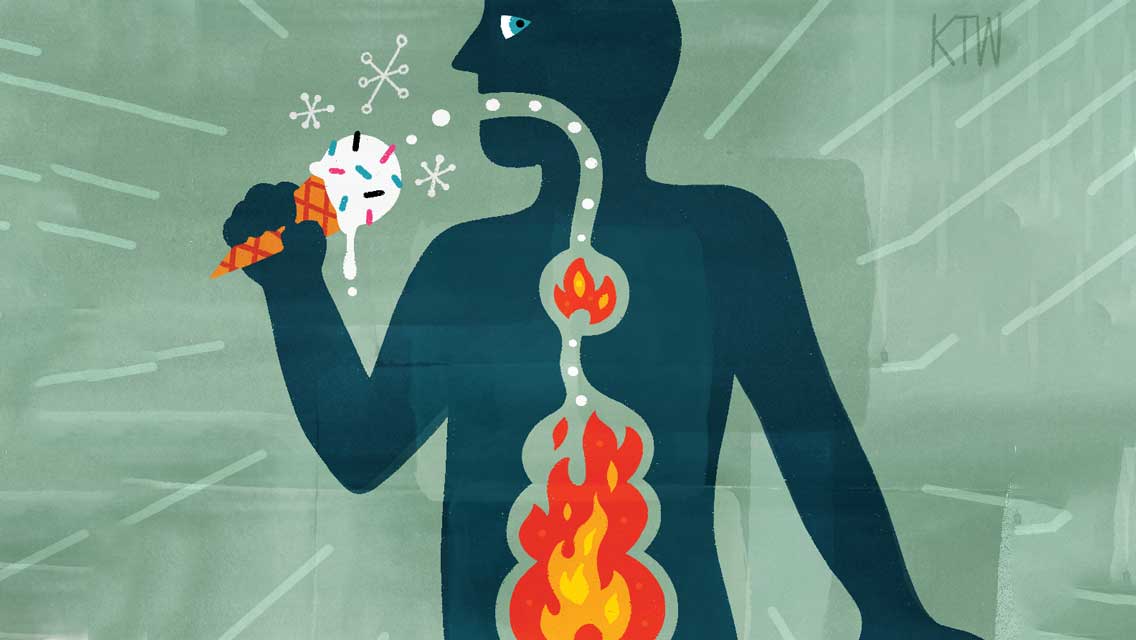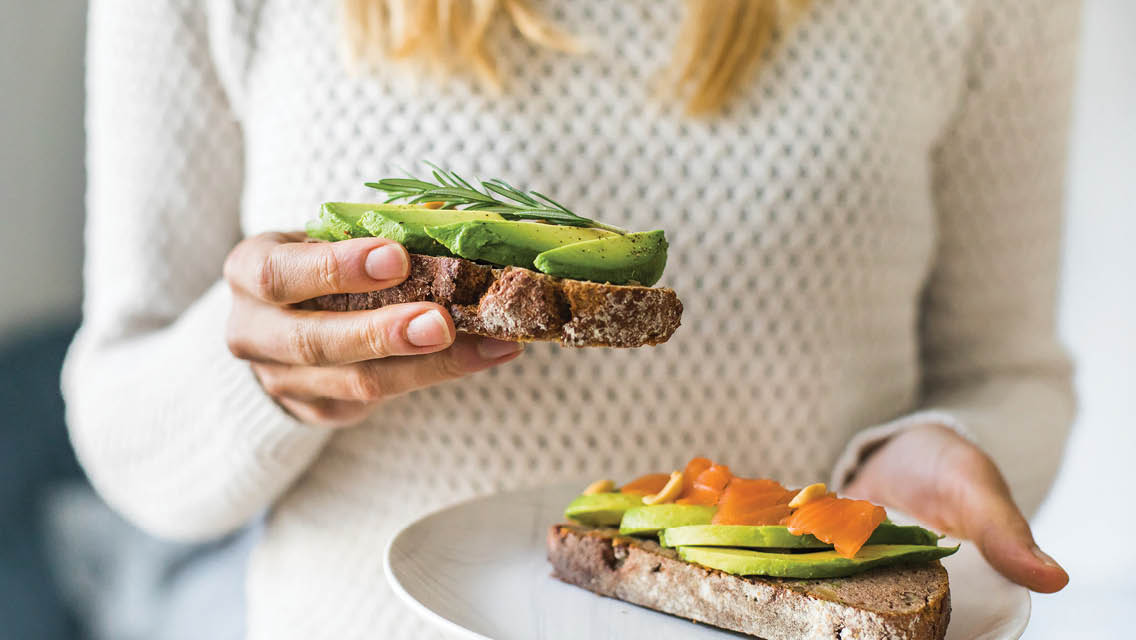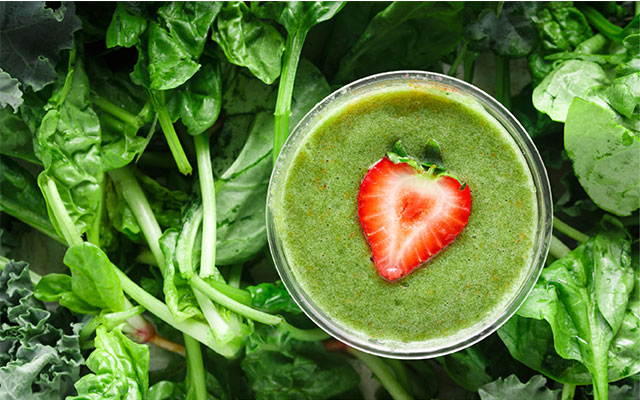A common ingredient in ice cream, other dairy, and many natural foods may be attacking your gut. Carrageenan — an additive harvested from red seaweed — is linked to dangerous gastrointestinal inflammation and even cancer, scientists find.
“Thousands of carrageenan feeding studies have been performed in animals,” says Joanne K. -Tobacman, MD, University of Illinois associate professor of medicine. “Many of them showed that carrageenan causes intestinal neoplasms [abnormal growths] resembling colon cancer.”
Not everything that comes from a plant is good for us. “Think about tobacco, poison ivy, or poisonous berries.”
Not everything that comes from a plant is good for us, notes Charlotte Vallaeys, director of farm and food policy at the Cornucopia Institute, a nonprofit agricultural education organization, which published a report on the health hazards of carrageenan in March. “Think about tobacco, poison ivy, or poisonous berries,” she says. In fact, carrageenan has been used in scientific laboratories for decades to cause inflammation and to test anti-inflammatory treatments, says Tobacman.
Carrageenan serves as a thickener and binder in foods such as yogurt, deli meat, and infant formula. It contains no nutritional value; it simply saves us the trouble of stirring or shaking our foods and drinks and makes lower-fat items taste “fattier.”
While the FDA is keeping carrageenan on its list of approved food additives, some companies are voluntarily removing it from products. To find out if your favorite brand is carrageenan-free, visit the Cornucopia Institute’s online guide (www.cornucopia.org).




This Post Has 0 Comments